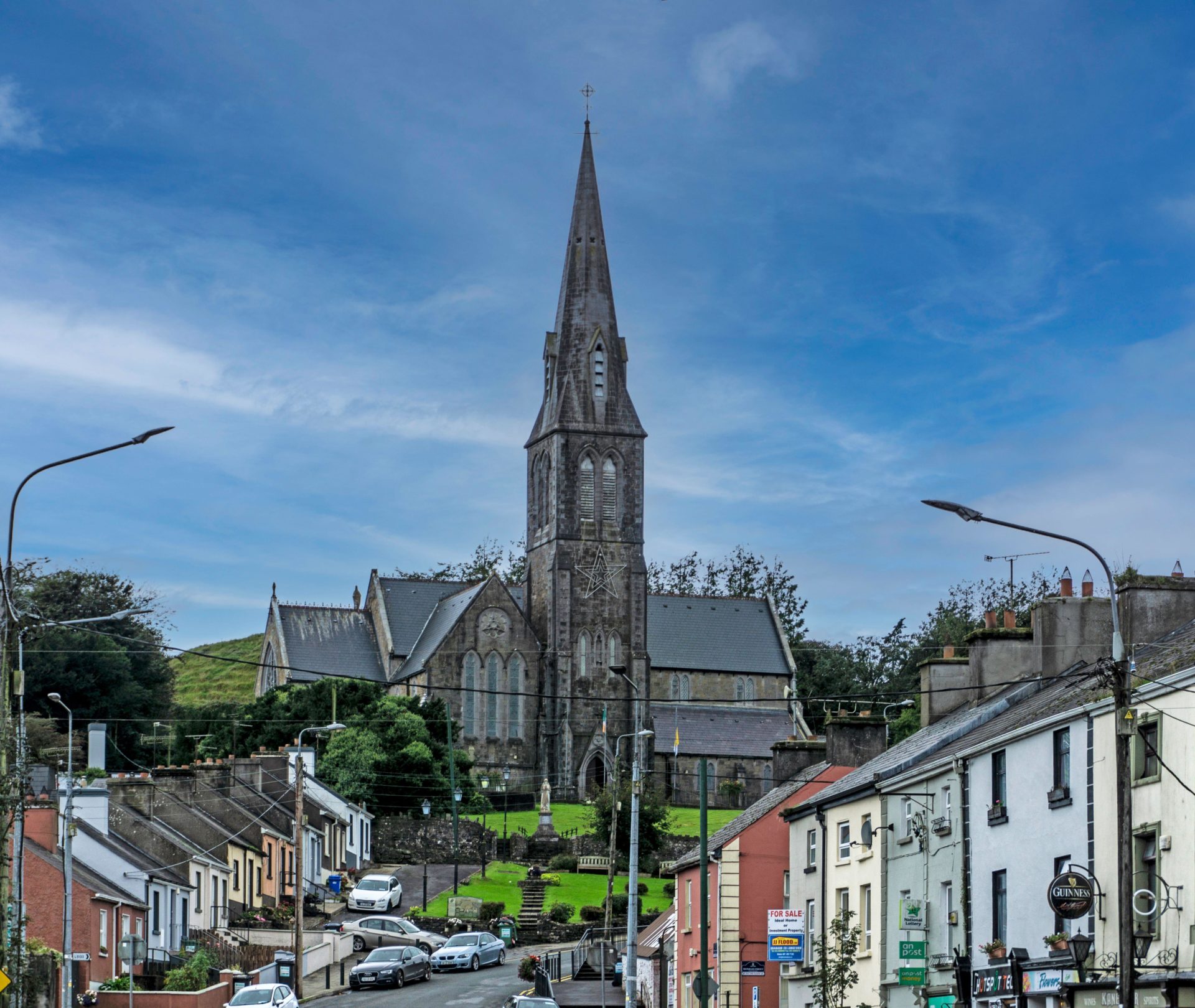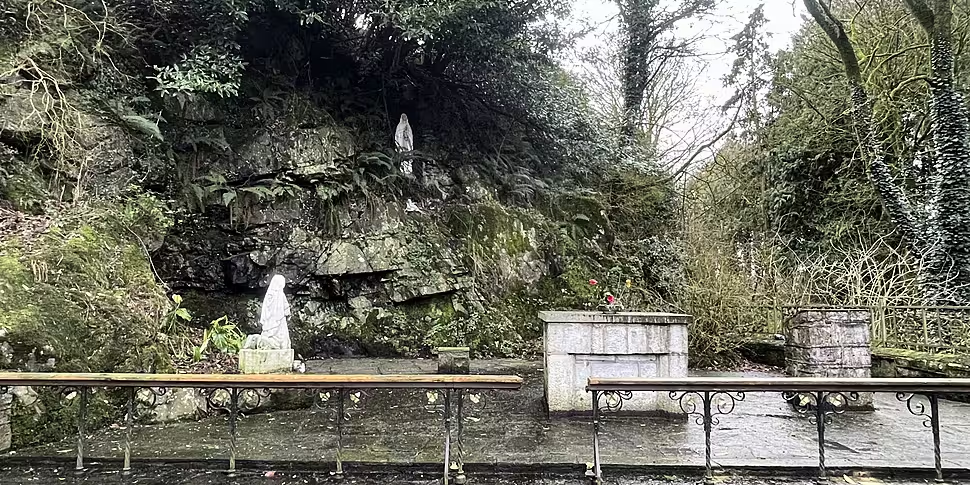Not long later, the 15-year-old gave birth all on her own in front of a statue of the Virgin Mary.
Neither Ann nor her six-and-a-half-pound baby boy survived the ordeal.
She was found at 4pm that day in a semi-conscious state and later died from exposure and postpartum blood loss.
Her son is not believed to have survived childbirth.
The incident shocked the country and sparked a national debate on women giving birth outside marriage – leading to calls for a national inquiry.
On The Pat Kenny Show this morning, Newstalk reporter Barry Whyte said that despite the public outcry over Ann’s death, her death remains a taboo subject in Granard.
“I‘ve been to Granard quite a few times over the last few weeks and many people who I stopped in the town said they just wanted to forget what happened,” he said.
“Other people ran away from me when I stopped them in the street and told them I was a journalist doing a report on the 40-year anniversary of Ann Lovett's death.
“It’s clear people in Granard don’t want to talk about what happened that day; many locals want it forgotten.
“Pubs are still asked to switch off the TV when her name is broadcast and many locals refuse to watch films or documentaries about her death.”
Tip off
European Ombudsman Emily O'Reilly was a journalist for the Sunday Tribune at the time of Ann’s Death.
She told Barry she was asked to follow up on a tip by her editor.
“Someone had rung him to tell him a girl named Ann Lovett has died along with her baby in Granard and to see what you can do to find out anything,” she said.
“I went in and started looking through death notices and there it was in The Irish Independent – Ann’s death.
“We then had the story; the story was a girl aged 15 died giving birth beside a statue of the Virgin Mary – it was confirmed.”
 The main street in Granard with St Mary's Church pictured in the centre. Image: noel bennett / Alamy Stock Photo
The main street in Granard with St Mary's Church pictured in the centre. Image: noel bennett / Alamy Stock PhotoAfter a lengthy discussion, Ms O’Reilly and her colleagues decided to name Ann in their story.
“There was no prohibition about naming her but people in those days were more sensitive of private lives,” she said.
“My friend Maggie said nobody would remember a nameless girl but everyone would remember Ann Lovett.
“When you think of Granard now, for people of my generation, you immediately think of Ann Lovett.”
Sign of the times
Former Justice Minister Nora Owens, who was a TD at the time of Ann’s death, said the incident was a sign of where Ireland was socially in the 1980s.
“When this girl died in the grotto in Granard, people were shocked and terrified that this was still going on in Ireland,” she said.
“We’ve been through years and years where getting pregnant outside of wedlock was the biggest sin and the stigma attached to it was enormous.
“I think a lot of us thought by 1984 that we were in a better place, but clearly we weren’t because this girl felt she had to go hide her pregnancy and go somewhere on her own to have her baby.”
Resistance
Ms Owens said an inquiry had been discussed by Cabinet but it never happened because of local resistance in Granard.
“Nuala Fennell was Minister of State for Women’s Affairs at that time,” she said.
“I know that Nuala talked about it in the Dáil and that she also mentioned there would be an inquiry but the town of Granard and the area of Granard kind of closed down and it was hard to get information about it.”
Ann Lovett was buried in Granardkill Graveyard.
You can listen back here:
Main image: The grotto in Granard, Longford where Ann Lovett died 40 years ago. Image: Barry Whyte.









